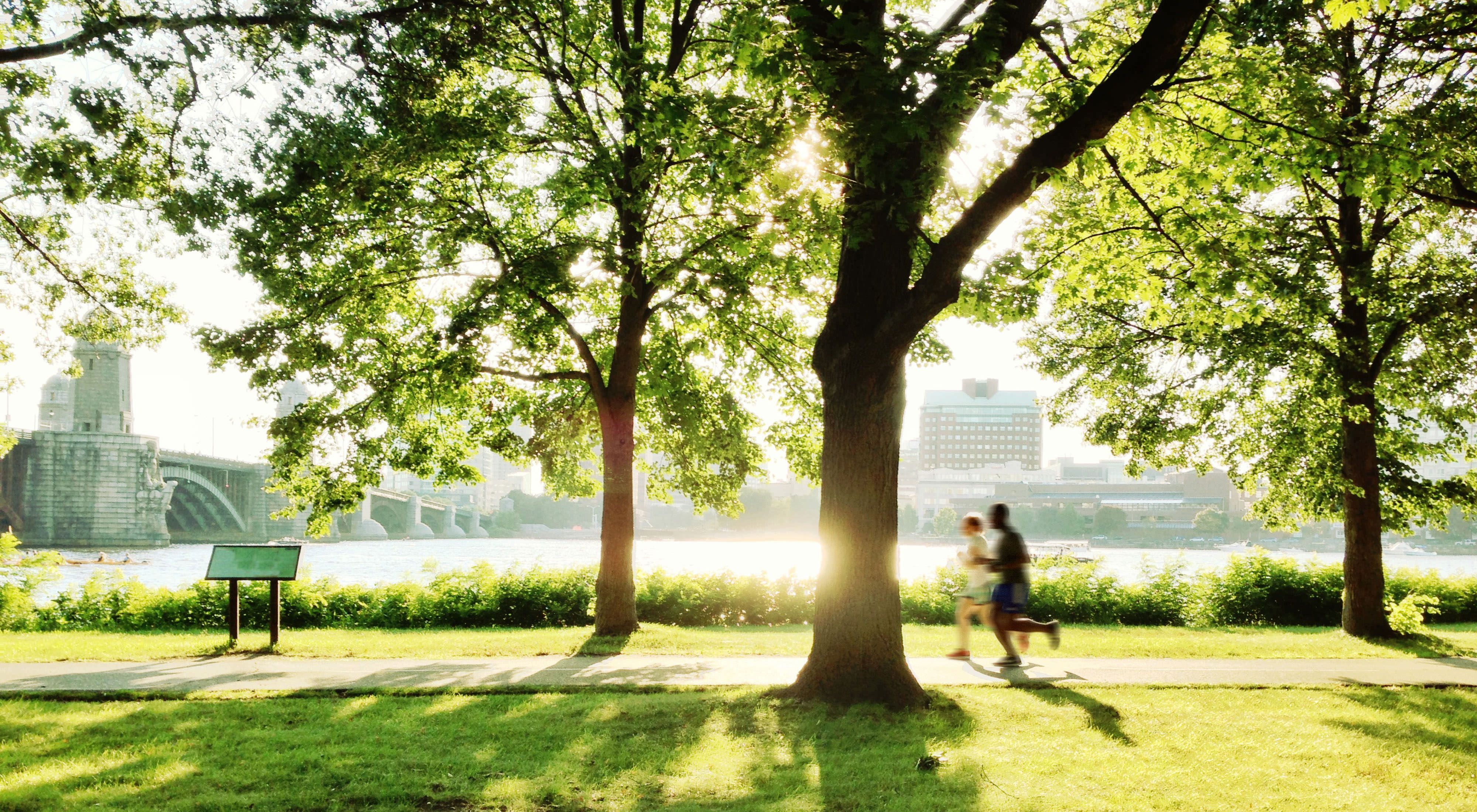

HEATWAVES ARE ONE OF THE WORLD'S most underestimated threats, killing more than 12,000 people every year around the world—more than any other weather-related event. And heat is especially dangerous in cities, which tend to be much warmer than surrounding less-developed areas. On top of that, cities tend to have higher levels of air pollution, which contribute to more than 3 million deaths every year. With 70 percent of the world’s population predicted to live in cities by 2050, heat and air pollution constitute a major public health concern.
One relatively simple solution to this problem? Plant more trees in cities. Trees cool the air by casting shade and releasing water vapor, and their leaves can filter out fine particulate matter (PM)—one of the most dangerous forms of air pollution, generated from burning biomass and fossil fuels. The Nature Conservancy (TNC) has studied the effects of trees on air quality in 245 of the world’s largest cities and documented the findings in the Planting Healthy Air report.
The Planting Healthy Air report documents which cities stand to benefit most from tree plantings, in terms of both heat and PM reduction, and how much investment would be required to achieve meaningful benefits.